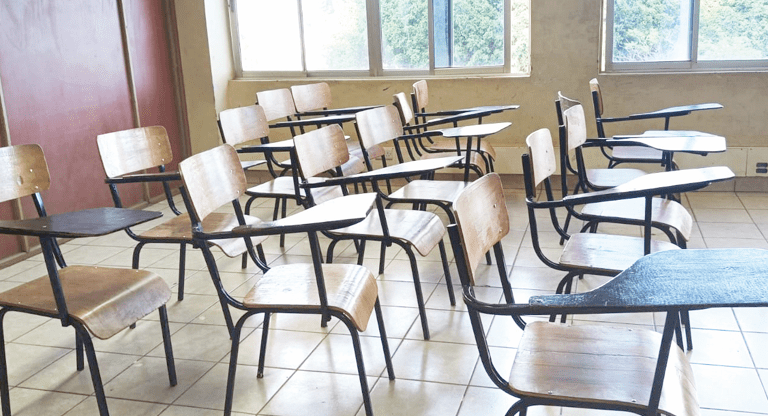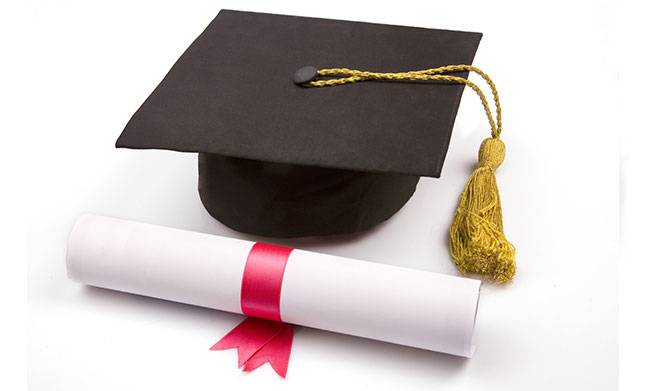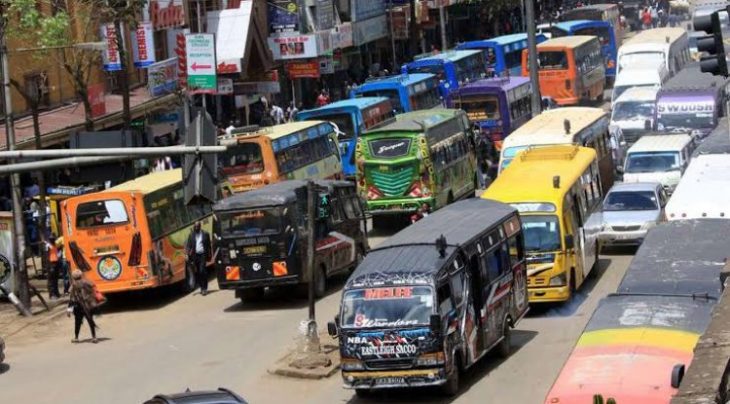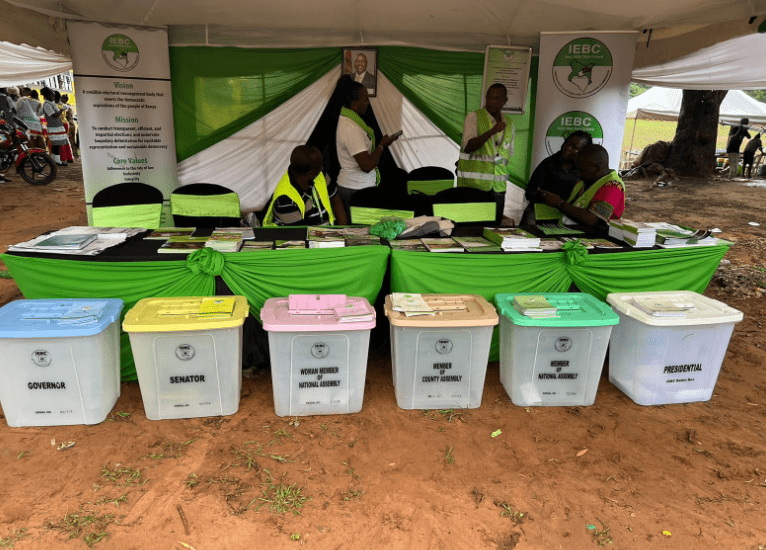Urgent need to fix schools infrastructure

Kenya’s Basic Education Act, 2013, provides the legal framework for free and compulsory education and defines basic education as encompassing pre-primary, primary, and secondary education.
This Act mandates that every child has the right to access education without discrimination and places the responsibility on the government, parents, and other stakeholders to ensure school attendance. The law also outlines provisions for infrastructure development, teacher deployment, and quality assurance to enhance learning outcomes.
A well-developed education infrastructure is vital for quality learning and student development in Kenya’s primary and secondary schools. Properly planned school facilities not only enhance learning outcomes but also improve teacher effectiveness and create a conducive environment for holistic growth.
Components of infrastructure
Classroom facilities form the foundation of any school. Standardised and spacious classrooms with proper ventilation, adequate natural lighting, and comfortable seating arrangements are crucial for effective learning.
Many schools, especially in rural and informal settlement areas, struggle with overcrowded classrooms, with some accommodating over 100 students in a single room. In addition, modern learning requires well-equipped classrooms with digital teaching tools such as projectors and smart boards to enhance the teaching and learning experience.
Sanitation and hygiene facilities are another critical component of school infrastructure. Clean and adequate toilets, separate for boys and girls, are essential for maintaining student health and well-being.
Unfortunately, many schools in Kenya suffer from a lack of proper sanitation, forcing students to use poorly maintained pit latrines or, in some cases, open fields. Hand washing stations with soap and safe drinking water are also necessary to prevent the spread of diseases, particularly in schools with high student populations. Proper waste disposal systems should be in place to ensure a clean learning environment.
Administrative and staff facilities play a key role in ensuring smooth school operations. Schools need well-organised staff rooms, offices for teachers, and a school administration block to facilitate planning and coordination. Meeting and conference rooms are also necessary for teachers’ discussions, school board meetings, and student counseling sessions. Without these facilities, school management becomes inefficient, affecting the overall quality of education. Libraries and learning resource centres are fundamental in supporting students’ academic growth.
Schools should have well-equipped libraries stocked with textbooks, reference materials, and digital resources to promote reading habits and research. Study areas should be designed to encourage quiet and focused learning.
Obviously, science and computer laboratories are essential in secondary schools to support practical learning in subjects such as chemistry, physics, biology, and ICT. However, many public schools, particularly in marginalised areas, lack properly functioning laboratories, limiting students’ ability to gain hands-on experience.
Brightest minds
Recreational and sports facilities are equally important in ensuring students’ physical and mental well-being. Every school should have playgrounds, sports fields, and areas designated for extracurricular activities. Physical education is a key component of the curriculum, and without proper facilities, students miss out on opportunities to develop their talents in athletics, football, netball, and other sports. In urban schools where land is limited, indoor gymnasiums and multipurpose halls can serve as alternatives for physical activities.
Security and safety measures are essential to protect students, teachers, and school property. Schools should have perimeter fencing, secure gates, and well-trained guards to prevent unauthorised access.
Also, fire safety measures, emergency exits, and secure storage rooms for school equipment are necessary to ensure students’ safety. Moreover, schools must have ramps, accessible pathways, and disability-friendly infrastructure to accommodate students with special needs. Unfortunately, many schools in Kenya lack adequate security, leading to cases of vandalism, theft, and even attacks on students and teachers.
For boarding schools, dining and residential facilities are essential. Schools need well-maintained dining halls and kitchens to provide students with clean meals.
In addition, dormitories should be spacious, well-ventilated, and equipped with proper bedding and storage spaces to ensure students’ comfort. Many public boarding schools in Kenya, however, face challenges of overcrowded dormitories and poorly maintained facilities, affecting students’ health and well-being.
Energy and ICT infrastructure are becoming increasingly important in modern education. Schools require a reliable electricity supply to support lighting, computer use, and digital learning programs. With Kenya’s push for ICT integration in education, schools should have internet connectivity and well-equipped computer labs to allow students to gain essential digital skills. In rural and off-grid areas, solar energy solutions can be adopted to ensure a sustainable and cost-effective power supply for schools.
Addressing infrastructure crisis
Kenya’s primary and secondary schools are grappling with severe infrastructure deficiencies, a crisis that has worsened due to rapid student enrollment and poor planning.
Overcrowded classrooms, inadequate sanitation facilities, and unsafe learning environments are common challenges. To address this, the government must adopt a strategic, long-term approach to school infrastructure development. This includes proper urban and rural school mapping to ensure new institutions are established based on population needs.
Public-private partnerships (PPPs) have often been proposed as a solution, with private entities setting up schools to fill infrastructure gaps. However, relying on private schools to solve a fundamentally public problem is a misguided approach that deepens inequality.
Private schools are profit-driven and cater primarily to those who can afford quality education, leaving the majority of children in underfunded public institutions. Instead of encouraging privatisation, the government should prioritise public investment in school infrastructure, ensuring that every child, regardless of economic background, has access to a well-equipped learning environment.
Leadership and benchmark
Solving Kenya’s school infrastructure crisis requires commitment from the highest levels of leadership. This is not a problem that can be left to individual schools, parents, or donors—it requires bold national action. The president, governors, and education policymakers must treat school infrastructure as a national emergency, similar to how the government has mobilised resources for large-scale projects like roads and railways. A special infrastructure fund should be established to modernise existing schools and construct new ones. Without direct and sustained leadership, efforts to improve education facilities will remain fragmented, haphazard and ineffective.
A potential benchmark and solution can be drawn from Botswana, where the government has implemented a standardised school design model for all primary and secondary school infrastructure across the country.
Regardless of the region, all schools follow the same design and quality standards, ensuring equitable access to proper learning environments. This approach could serve as a model for Kenya, providing a structured and sustainable way to improve the state of its education infrastructure.
Advisory call
My conviction is that the Kenyan government should consider borrowing a substantial loan, similar to the one used for the Standard Gauge Railway (SGR), to comprehensively overhaul public primary and secondary school infrastructure countrywide. A one-time, large-scale investment in school infrastructure would ensure long-term improvements, reducing the need for constant piecemeal interventions.
Investing in well-planned and sustainable school infrastructure is not just an educational priority; it is a national development imperative. Kenya’s future depends on an educated population, and without proper learning facilities, the country risks failing generations of students. The government must take decisive action, ensuring that all children have access to safe, well-equipped, and properly planned schools everywhere in the republic.
The Author is a Professor of Chemistry at University of Eldoret, a former Vice-Chancellor, and a Quality Assurance Expert















